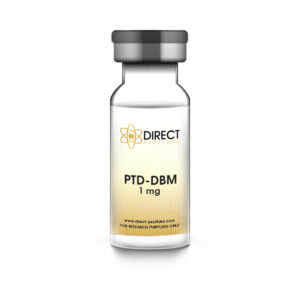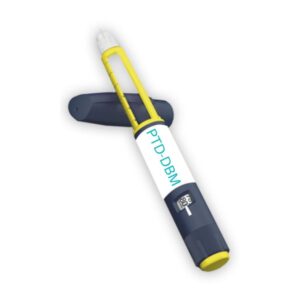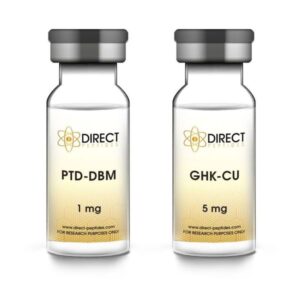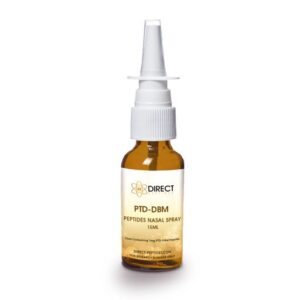PTD-DBM, or Protein Transduction Domain – Dishevelled Binding Motif, is a synthetic peptide that holds promise in regenerative medicine and oncology. It modulates the Wnt/β-catenin pathway, affecting cell proliferation, differentiation, and survival. Research suggests by inhibiting Dvl-β-catenin interaction, PTD-DBM impedes the pathway, potentially slowing cancer growth or inducing cell death. Additionally, it influences stem cell differentiation, making it useful for tissue regeneration.
Showing all 4 results



SALE

[1] https://www.ncbi.nlm.nih.gov/ pmc/articles/PMC4493411/
[2] https://www.ncbi.nlm.nih.gov/ pmc/articles/PMC9831250/
[3] https://pubmed.ncbi.nlm.nih.gov/20641004/
[4] https://pubmed.ncbi.nlm.nih.gov/32050297/
[5] https://www.mdpi.com/2073-4409/12/4/555
ALL CONTENT AND PRODUCT INFORMATION AVAILABLE ON THIS WEBSITE IS FOR EDUCATIONAL PURPOSES ONLY.
DISCLAIMER: These products are intended solely as a research chemical only. This classification allows for their use only for research development and laboratory studies. The information available on our Direct Peptides website: https://france.direct-peptides.com is provided for educational purposes only. These products are not for human or animal use or consumption in any manner. Handling of these products should be limited to suitably qualified professionals. They are not to be classified as a drug, food, cosmetic, or medicinal product and must not be mislabelled or used as such.

401 N. Mills Ave, Ste B, Orlando, FL 32803, United States
